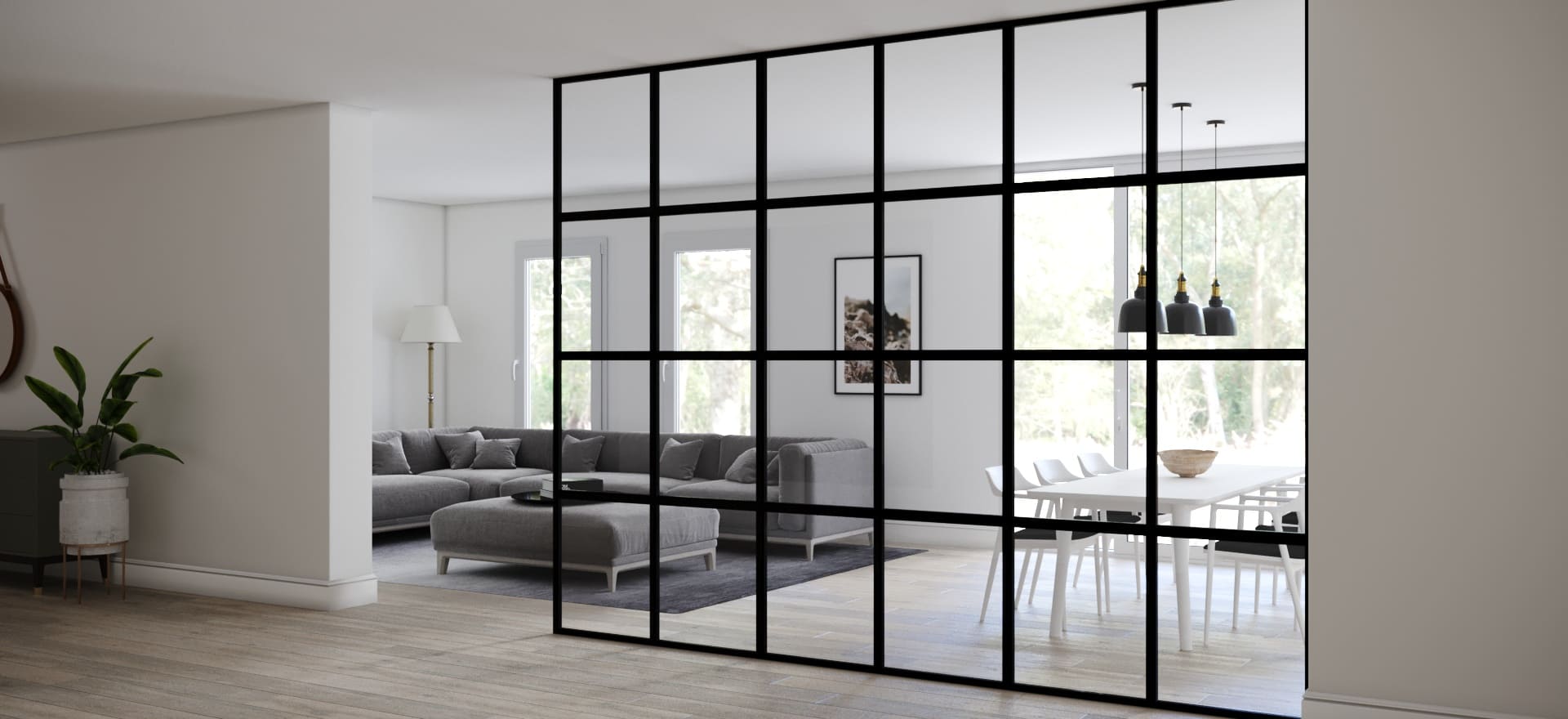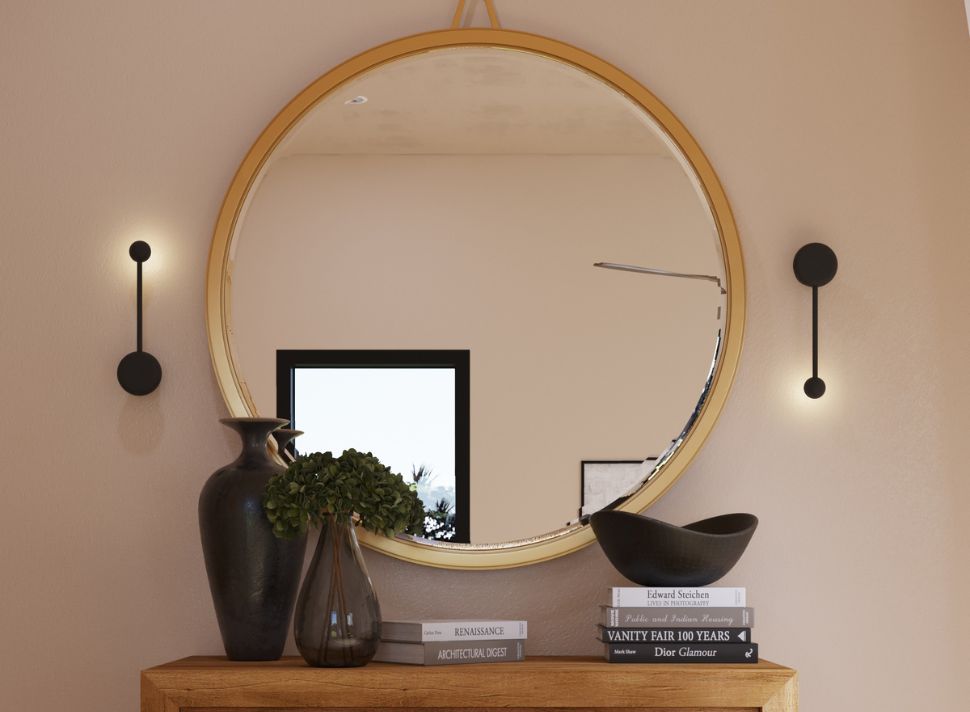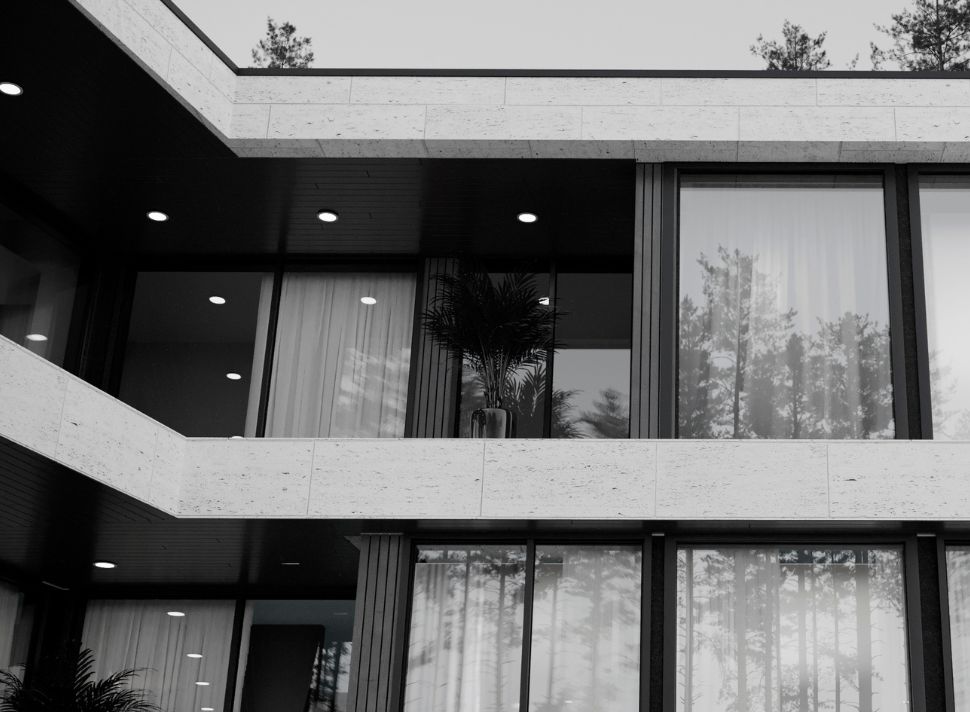How 3D Product Modeling is Revolutionizing Retail
Introduction to 3D Product Modeling
The retail landscape is witnessing a remarkable transformation, largely thanks to the advent of 3D product modeling. This Technology, which involves the creation of three-dimensional digital representations of objects, has opened new horizons in how products are presented and experienced by consumers. While the concept of 3D modeling is not novel, its application in retail marks a significant evolution from traditional two-dimensional imagery and physical prototypes.
The retail industry has relied heavily on physical inventory and in-store displays to market products. However, with the digital revolution, there's been a shift towards more interactive and engaging methods of showcasing goods. This is where 3D product modeling comes into play. It allows retailers to create detailed, accurate, and visually appealing digital models of their products that can be viewed and interacted with online.
The Technology Behind 3D Product Modeling
3D Modeling Software and Tools
The core of 3D product modeling lies in sophisticated software and tools that enable designers to create lifelike digital replicas of products. Programs like Autodesk 3ds Max, Maya, and Blender are at the forefront, providing powerful modeling, texturing, and rendering capabilities. These tools are not just limited to large corporations; they are increasingly accessible to smaller businesses, democratizing the ability to produce high-quality 3D models.

Image from Yousee Studio
Integration with Virtual and Augmented Reality
A significant advancement in 3D product modeling is its integration with Virtual Reality (VR) and Augmented Reality (AR). VR offers an immersive experience, allowing customers to interact with products in a simulated environment. AR, on the other hand, overlays digital models in the real world, enabling consumers to see how a product would look and fit in their own space. This fusion of 3D modeling with AR and VR is revolutionizing the shopping experience, offering a level of interaction and realism that was previously unattainable.
Advancements in Rendering and Visualization
Advancements in rendering and visualization technologies have greatly enhanced the realism of 3D models. For instance, Ray tracing simulates how light interacts with objects, creating lifelike shadows and reflections. Such advancements ensure that digital models are not just approximations but accurate, visually compelling representations of the actual products.
Benefits of 3D Product Modeling in Retail
Enhanced Product Visualization
One of the most significant benefits of 3D product modeling in Retail is its enhanced level of product visualization. Customers can view products from any angle, zoom in for detailed views, and even see the product in different colors and variations. This level of detail is particularly beneficial for products like furniture, where size, fit, and style are crucial purchasing factors.
Customization and Personalization
3D product modeling enables a new level of customization and personalization that was previously difficult to achieve. Customers can interact with a product model to customize features according to their preferences, such as changing colors, materials, or components. This improves the customer experience and gives retailers valuable insights into customer preferences.
Reducing Time and Costs
From a business perspective, 3D product modeling can significantly reduce time and costs. Traditional product photography and physical prototyping are both time-consuming and expensive. 3D modeling streamlines these processes, allowing for quicker product development and marketing, and reduces the need for physical inventory, especially in the initial stages of product introduction.
Impact on Consumer Experience
Interactive Online Shopping
Integrating 3D product modeling in online shopping platforms has made the shopping experience more interactive and engaging. Customers are no longer passive viewers of product images; they are now active participants, able to interact with the product in a virtual space. This interactivity makes shopping more enjoyable and helps customers make more informed purchasing decisions.
Improved Decision Making
With the ability to view products in 3D, customers can better understand what they are buying. This level of detail helps reduce the uncertainty and hesitation often associated with online shopping, improving customer satisfaction and lowering return rates.

Image from Yousee Studio
Enhanced Engagement and Satisfaction
3D product modeling enhances customer engagement and satisfaction. By offering an immersive and interactive experience, retailers can create a more memorable shopping experience that resonates with customers. This not only helps in building brand loyalty but also encourages repeat business.
3D Modeling in E-Commerce and Physical Retail
Online Retail Applications
In e-commerce, 3D product modeling creates virtual showrooms and interactive product catalogs. These applications allow customers to explore products comprehensively and engagingly, surpassing the capabilities of traditional online stores.
Enhancing In-Store Experiences
Physical Retail also benefits from 3D product modeling. In-store kiosks and AR applications allow customers to interact with digital models of products that might not be physically available. This enhances the in-store experience and helps retailers maximize their floor space efficiency.
Bridging the Digital and Physical Retail Gap
3D product modeling is crucial in bridging the digital and physical retail gap. By offering a consistent and interactive experience across both platforms, retailers can create a seamless shopping journey for their customers. This convergence of digital and physical realms is a critical factor in the ongoing evolution of the retail sector.
Challenges and Future Potential
Technical and Accessibility Challenges
Despite its numerous benefits, 3D product modeling faces technical and accessibility challenges. Creating high-quality 3D models requires technical expertise and resources, which might be a barrier for smaller retailers. Additionally, accessing these models requires a certain level of internet bandwidth and computing power, which might only be available to some consumers.
Overcoming Consumer Skepticism
Another challenge is overcoming consumer skepticism. While 3D models provide a detailed view of products, they still cannot wholly replicate the experience of physically examining a product. Retailers must find ways to build trust in the accuracy and quality of their 3D representations to overcome this skepticism.
Future Trends and Emerging Technologies
The future of 3D product modeling in Retail is bright, with emerging technologies poised to enhance its capabilities further. AI and machine learning developments could lead to more personalized and interactive 3D shopping experiences. Additionally, advancements in VR and AR technologies will continue to improve the realism and accessibility of 3D product models.
The future of 3D product modeling is more comprehensive than its current capabilities. Emerging technologies are poised to elevate the experience to new heights. Artificial Intelligence (AI) and machine learning are expected to play a significant role in this evolution. Imagine a scenario where AI can predict consumer preferences and automatically customize 3D models to suit individual tastes. This could revolutionize how products are marketed and sold, offering a highly personalized shopping experience.
In addition, advancements in haptic Technology could enable consumers to 'feel' the texture and weight of products through their digital devices, bridging the gap between virtual and physical experiences. Such innovations would drastically enhance consumer confidence in online shopping, further cementing the role of 3D modeling in Retail.
Overcoming the Digital Divide
While the benefits of 3D product modeling are clear, addressing the digital divide that could widen due to these advanced technologies is essential. Not all consumers have access to the latest devices or high-speed internet, which are often necessary to experience 3D-modeled products fully. Retailers and technology providers must work together to ensure these innovations are accessible to a broader audience, perhaps by optimizing 3D models for lower-end devices or developing more efficient data compression techniques.
Sustainability and Ethical Considerations
Another critical aspect of 3D product modeling is its impact on sustainability. By reducing the need for physical prototypes and samples, 3D modeling significantly reduces waste and resource use. This aligns with the growing consumer demand for environmentally friendly practices. However, ethical considerations must also be addressed, such as the potential for job displacement in traditional roles like product photography and prototype manufacturing. Retailers and policymakers must consider retraining and transitioning programs for individuals affected by these technological changes.

Image from Yousee Studio
Integrating with Social Media and Marketing
Integrating 3D product modeling with social media and digital marketing strategies presents another exciting opportunity. Retailers can leverage 3D models in interactive advertisements, social media posts, and influencer marketing campaigns. This enhances the appeal of the products and provides a more engaging and informative experience for potential buyers.
Customization and Co-Creation
One of the most exciting prospects of 3D product modeling is the potential for customization and co-creation. Customers could be invited to modify or design products according to their preferences, blurring the lines between consumer and creator. This level of engagement could lead to a more emotional connection with products and brands, fostering loyalty and repeat business.
The Global Reach of 3D Modeling
3D product modeling also has the potential to expand retailers' global reach. Since these models can be accessed from anywhere worldwide, they open up new markets and opportunities for international sales. This global accessibility could transform small and medium-sized enterprises, giving them the tools to compete globally.
Educational and Training Opportunities
Beyond Retail, 3D product modeling can also serve educational and training purposes. For instance, employees can be trained using virtual models, reducing the need for physical products or equipment. This saves costs and allows for a more flexible and scalable training approach.
The Role of Data Analytics and Customer Insights
Integrating data analytics with 3D product modeling offers another layer of potential. By analyzing how customers interact with 3D models, retailers can gain valuable insights into consumer behavior, preferences, and trends. This data can refine product designs, improve marketing strategies, and enhance customer experience.
Ethical Use of Data and Privacy
The responsibility of ethical use and privacy protection comes with the increased collection of consumer data. Retailers must ensure that the data collected through interactions with 3D models is used responsibly and with consent, maintaining consumer trust and complying with data protection regulations.
Conclusion
3D product modeling is more than just a technological advancement; it's a paradigm shift in the retail industry. It offers an innovative way for retailers to showcase their products, engages customers in an unprecedented manner, and opens up new avenues for marketing and global expansion. As Technology continues to evolve, it will undoubtedly continue to shape the future of Retail.
However, retailers need to navigate this new landscape thoughtfully. Embracing emerging technologies while being mindful of their accessibility, ethical implications, and environmental impact will be vital to leveraging 3D product modeling successfully. As we look to the future, it's clear that 3D product modeling will play a crucial role in defining the new era of Retail, which is marked by innovation, personalization, and sustainability.
Contact us at YouSee Studio for captivating 3D renderings and immersive virtual experiences.
Karen Spacey is a content writer and the author of this article.



